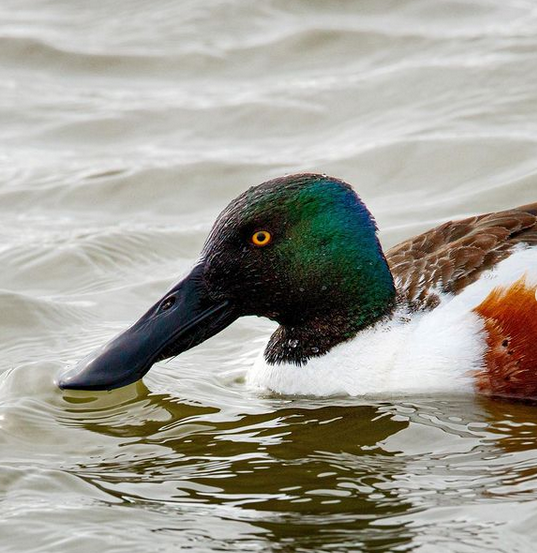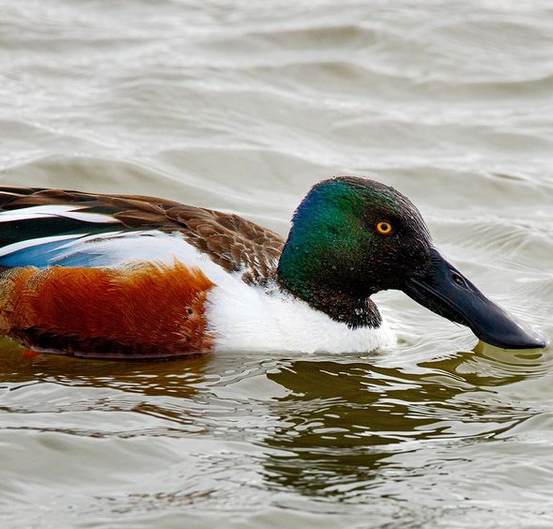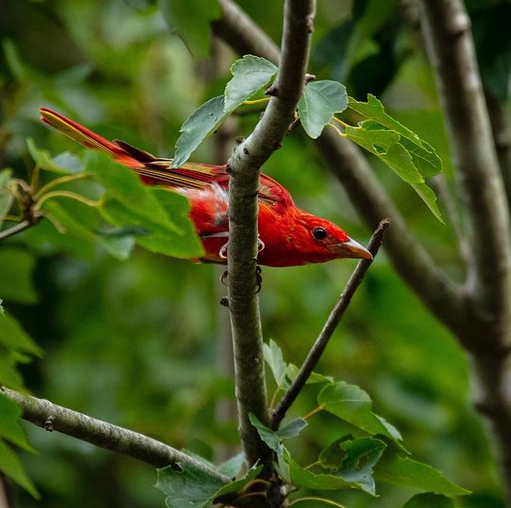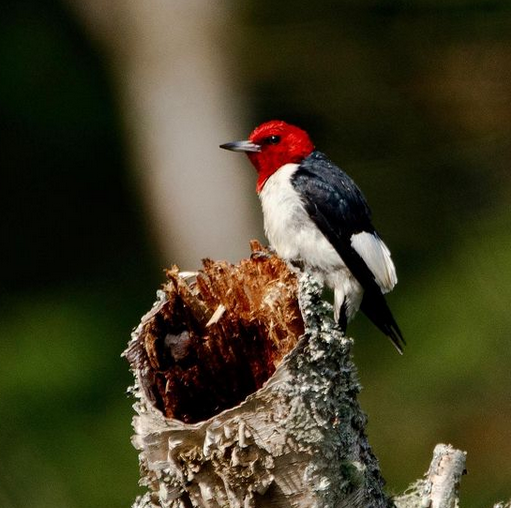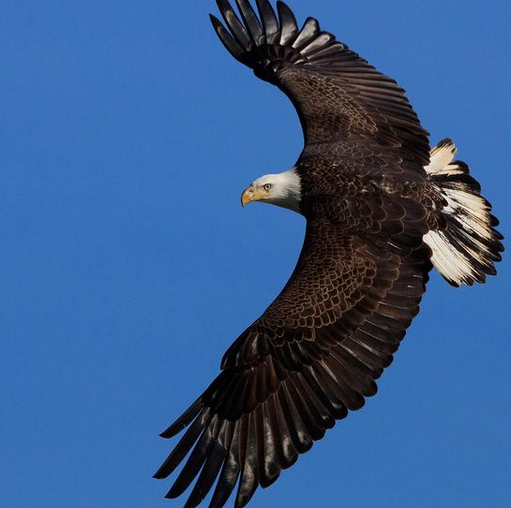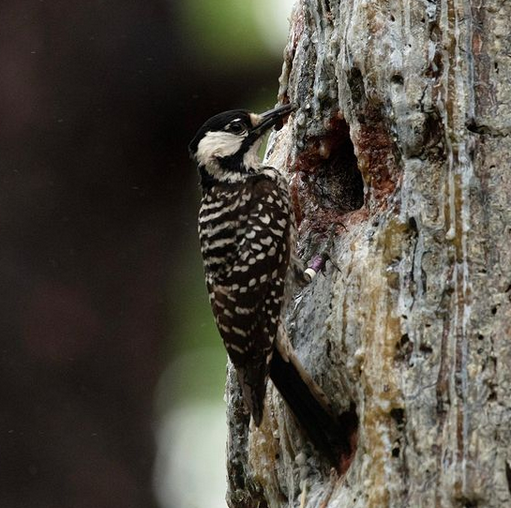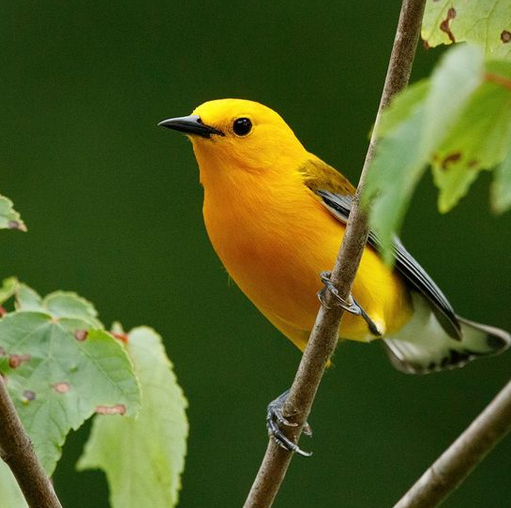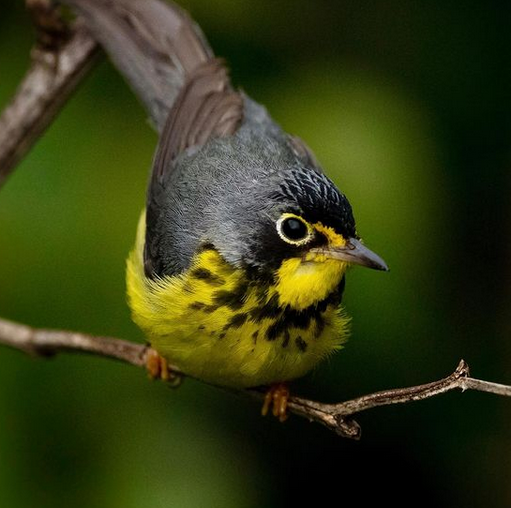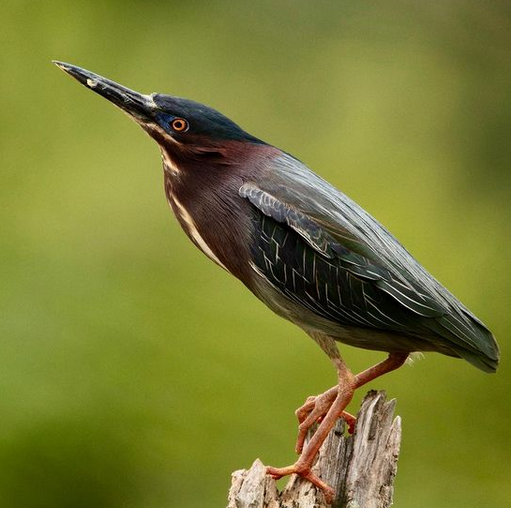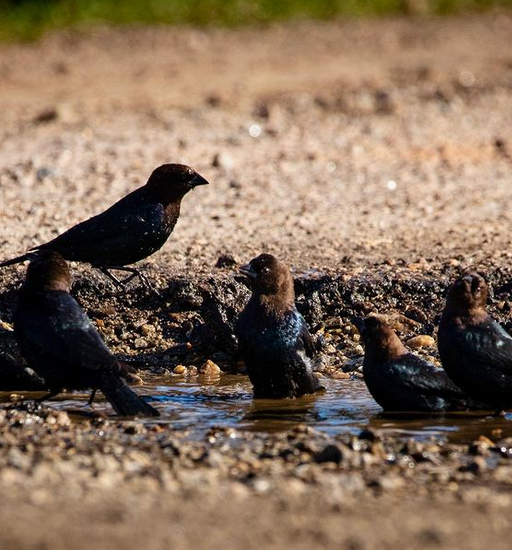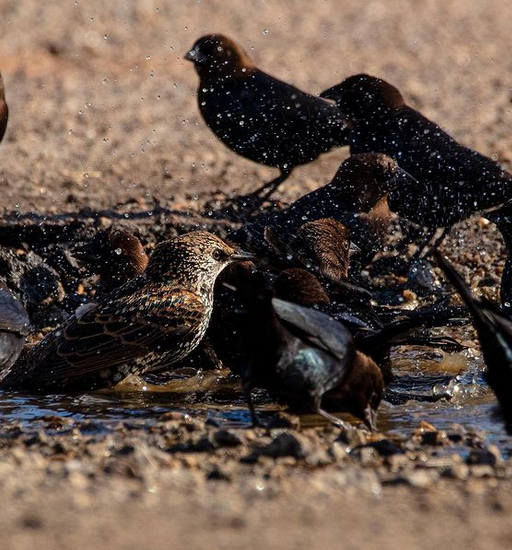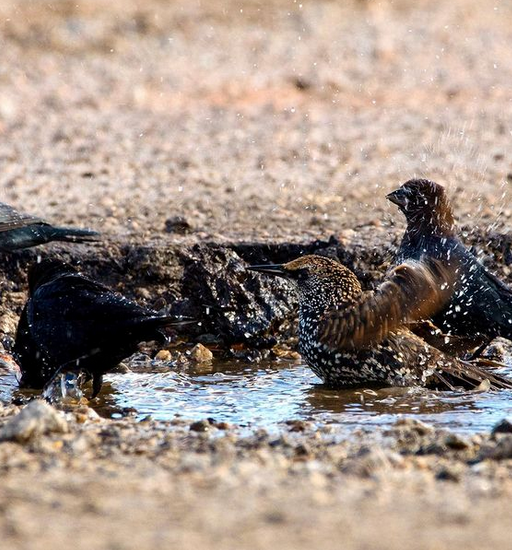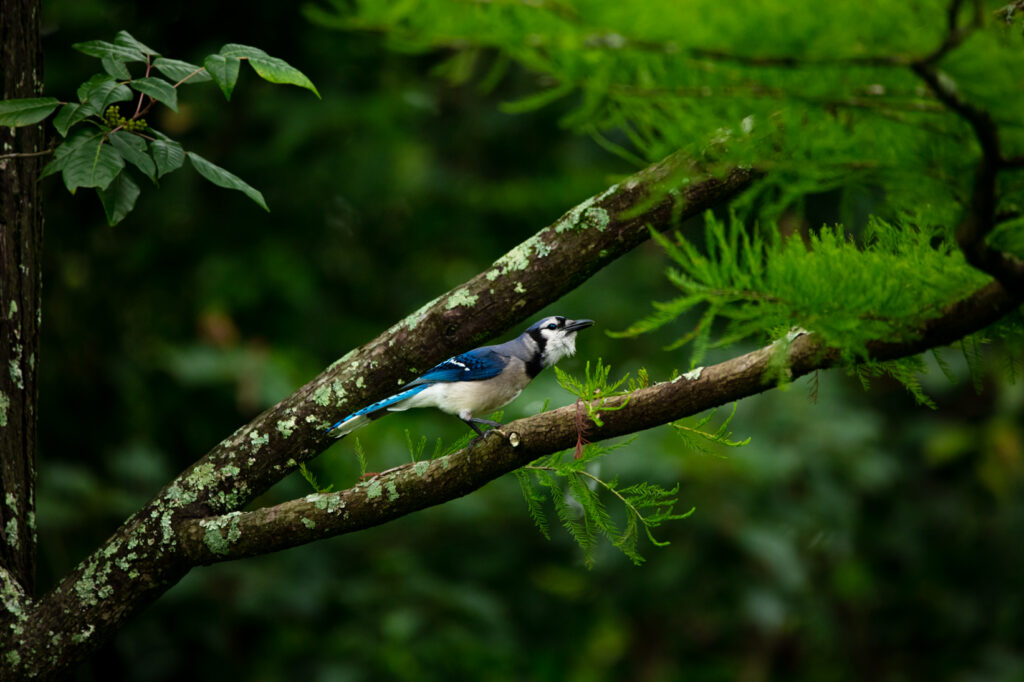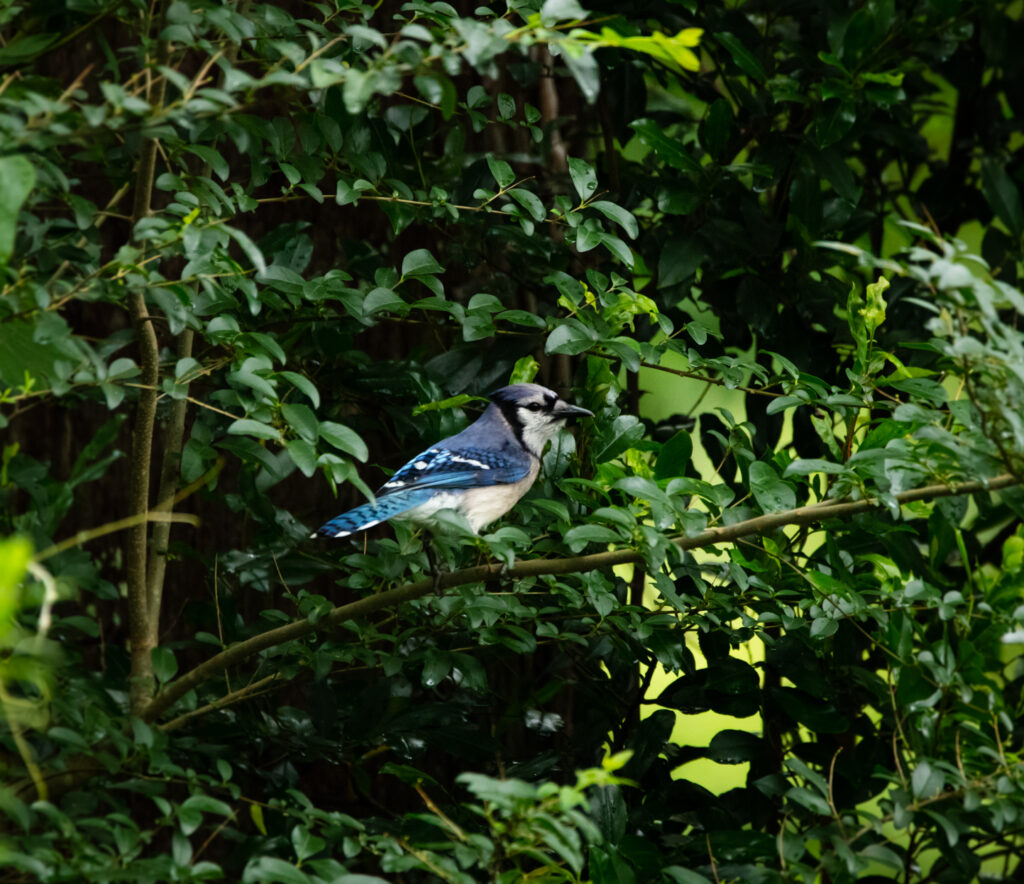It’s always neat to encounter White eyed Vireos when out looking for birds here in central NC.
A constant trail companion, their familiar songs calling out from unseen tangles of brush remind me that I’m never truly alone when walking in the woods.
As is the case with this pair of Vireos I photographed (with a zoom lens as not to disturb the parents) earlier this week, these birds are quite active during this time of year as they hunt for a six or eight legged meal to feed their growing families.
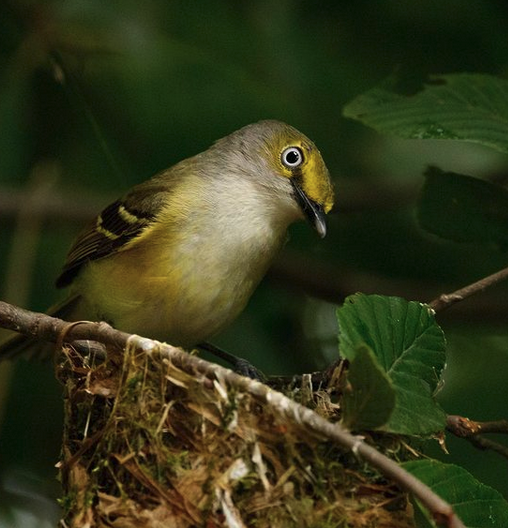
A White eyed Vireos nest is a marvel of the delicacy of bird brained engineering.
They collect soft strips of bark and grass which is woven into a sturdy hanging basket, fastened to a branch with spiderwebs. It’s actually quite deep relative to the size of its occupants and the mother bird can disappear into the triangular shaped cup simply by ducking her head down.



Incubation of the eggs takes around 15 days and the young will typically stay in the nest for 11 days before fledging. The work is not over for the parents though since the little ones will still be taken care of up to 20 days after fledging before becoming independent.
Interestingly, fledgeling male White-eyed Vireos learn their father’s song very early in life, and may begin mimicking his call as early as one month after leaving the nest. Young White-eyed Vireos may also develop some elements of their songs by sampling the song tracks of their avian neighbors.
Pretty cool, huh?
Photos by @sally_siko of @birdwatching_nc on the full frame beast of an SLR, the mighty @canonusa
#5Ds

















